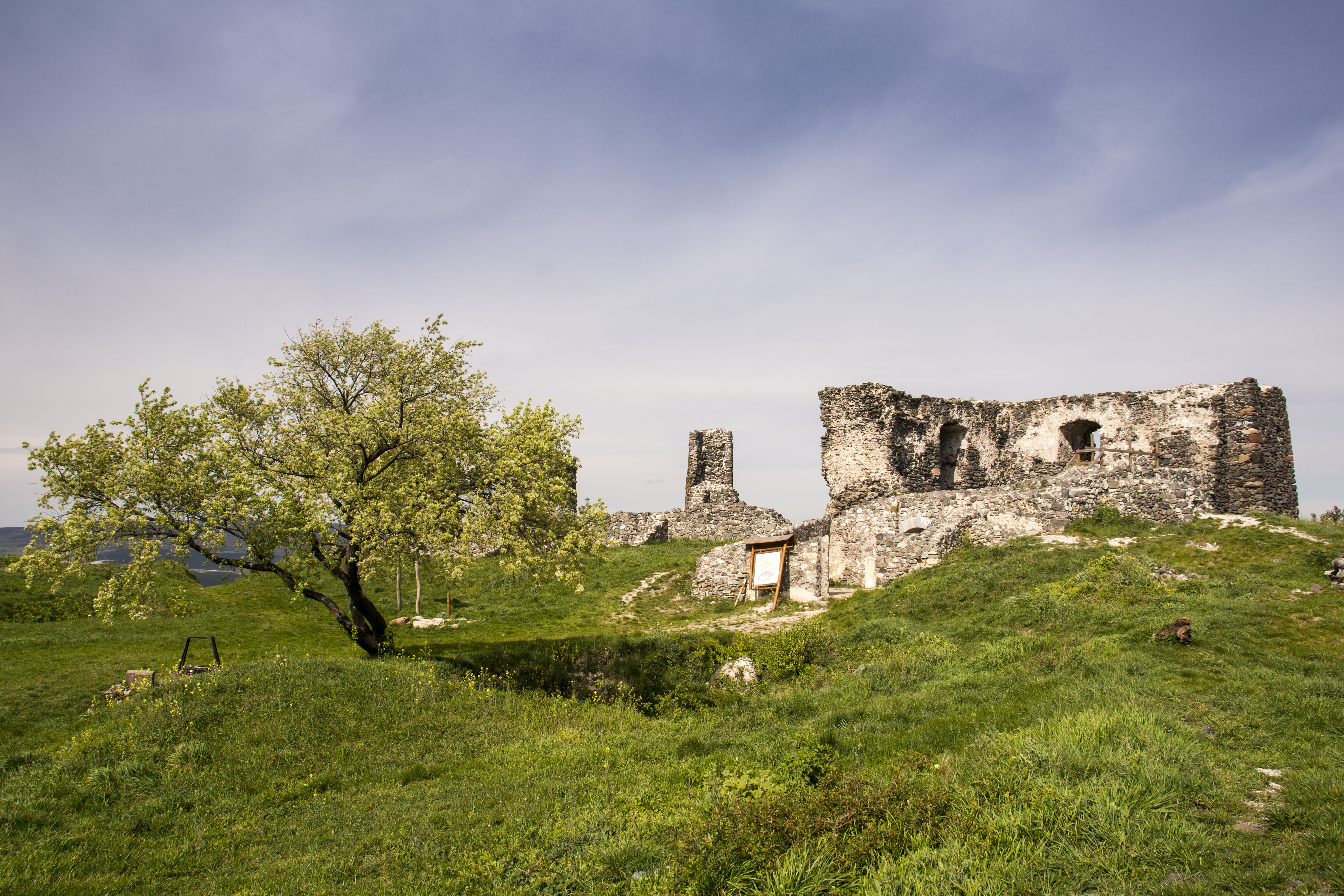The next in our series about Lake Balaton castles is Csobánc, a set of ruins loved by paragliders. Here at 376 metres high, the view from it is so beautiful that a hike to the top is always worth it.
Past
Like Szigliget Castle, Csobánc Castle was built sometime around 1250 by the nobles of Diszel, but soon after it became the property of the Gyulaffy dynasty. The family owned the castle until the second half of the 17th century. The structure was first reinforced as a result of attacks by Maximilian I and his forces in 1490. It became a border fort in 1541.
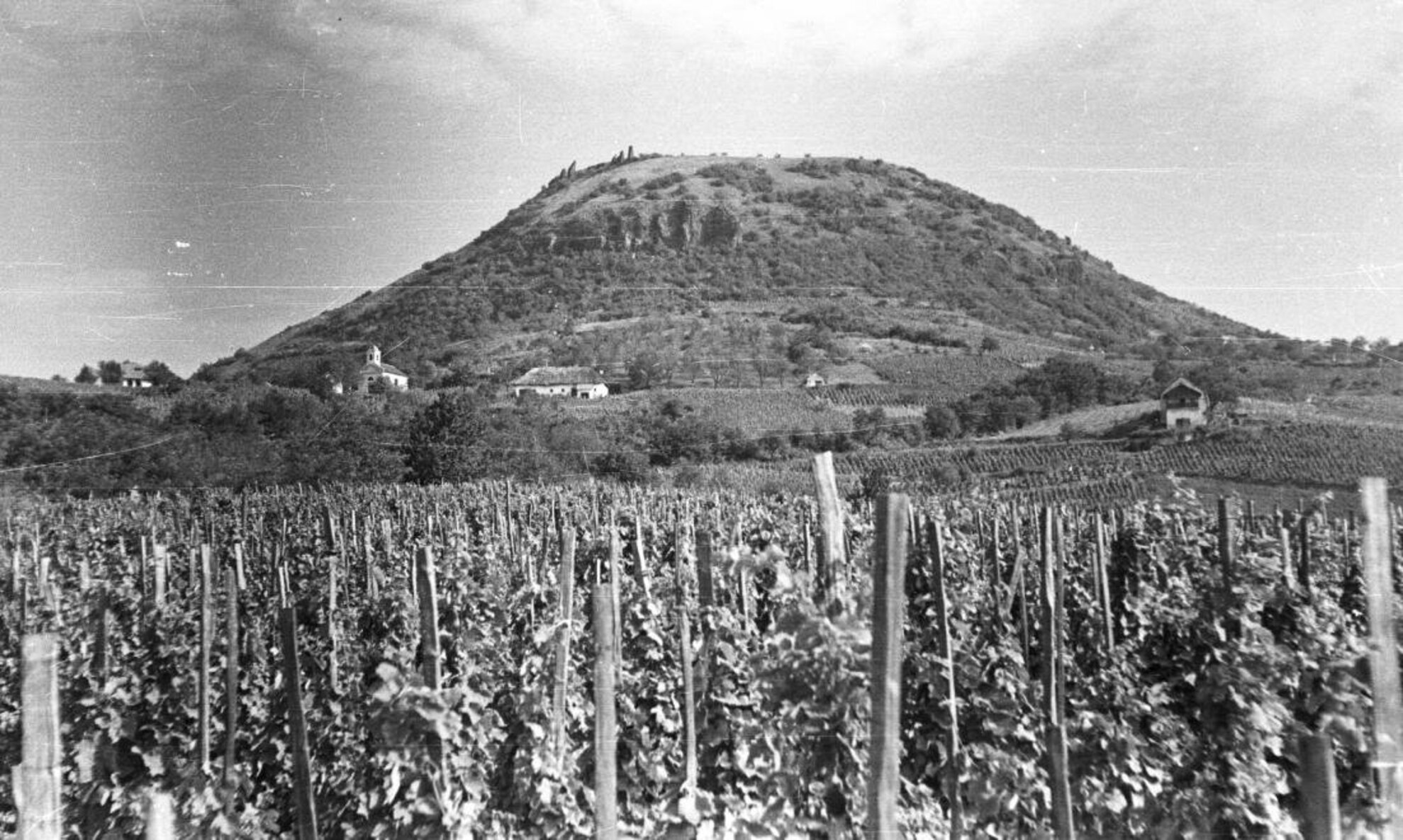
Castle commander Captain László Gyulaffy was a renowned fighter, and when neighbouring Hegyesd was occupied by the Turks, his troops managed to take the fortress back. Opposing armies attacked the castle on various occasions, but they couldn’t take it. From 1669, the castle fell into the hands of the Esterházy family. During Rákóczi's War of Independence, it was captured by Hungarian forces, who held out during a siege by the Habsburg army in 1707 despite smaller numbers.
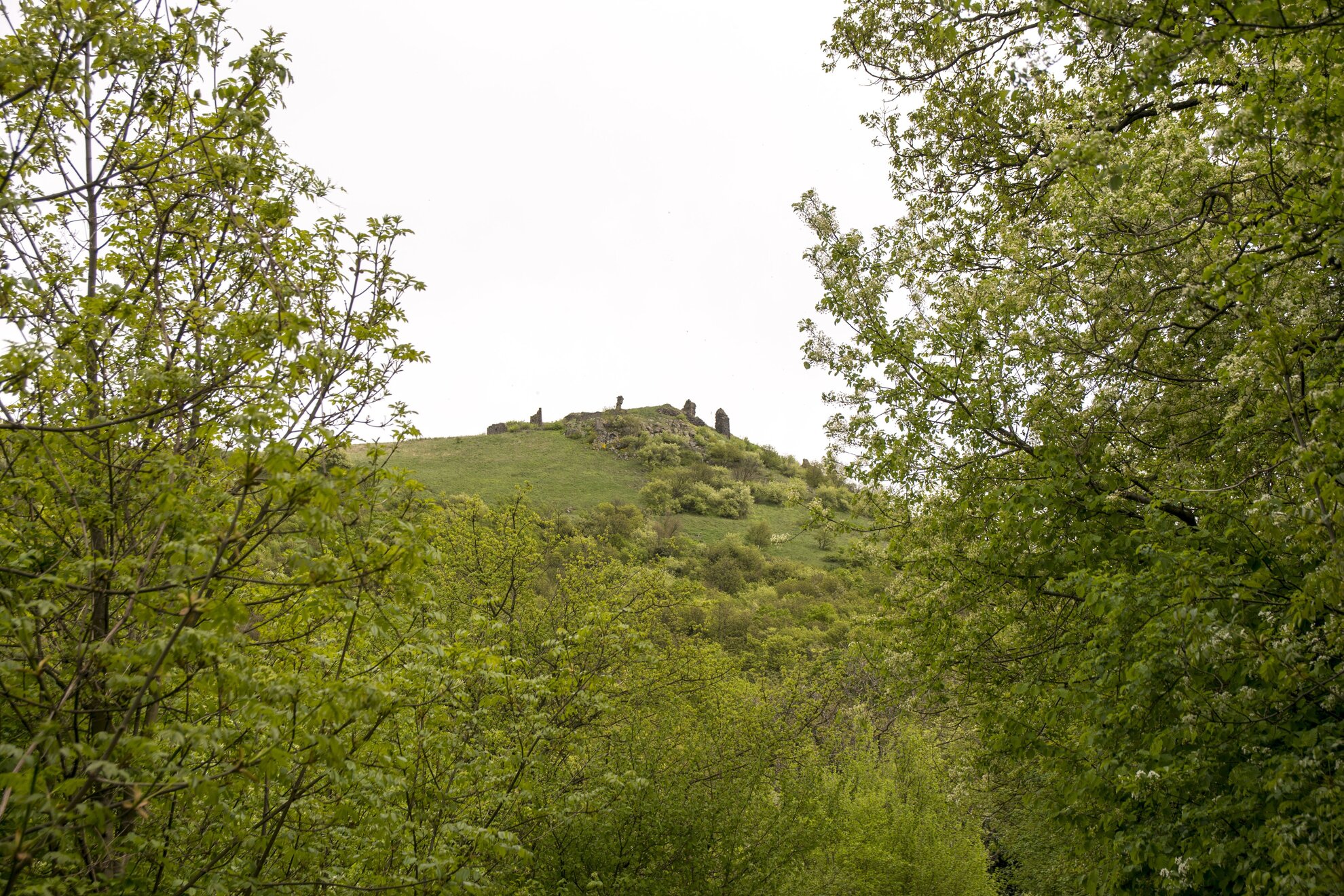
Once the war of independence was defeated, the castle was soon blown up. Csobánc has been in ruins ever since. Excavations took place here in 1953, and efforts were made to keep its remaining parts safe. A plaque was erected to commemorate the heroic battle of 1707.
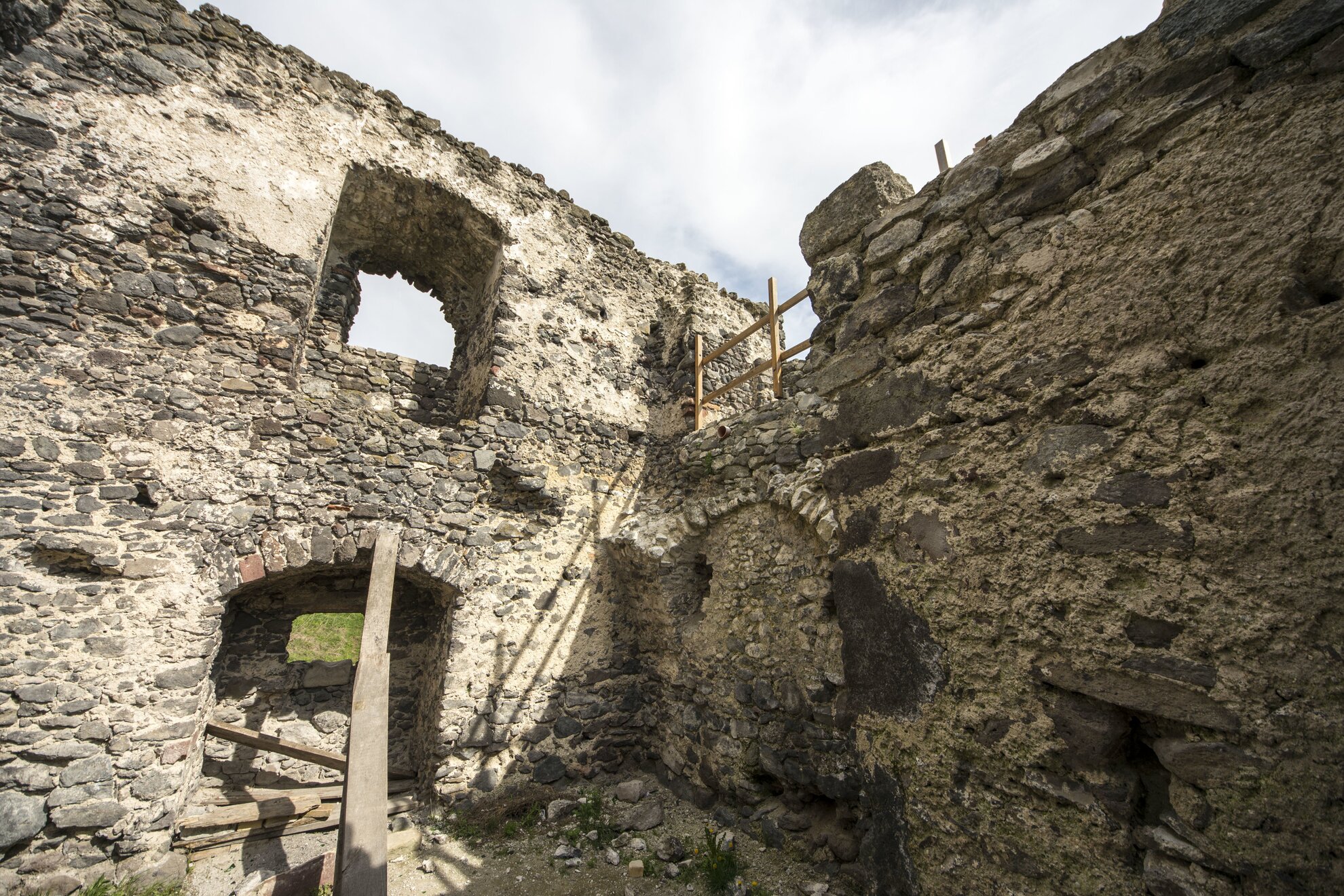
Present
Despite efforts to keep the ruins safe, Csobánc Castle is in bad condition, but it’s safe to visit. There’s no admission fee, even though it is of historic importance. The view is unbelievable, while it’s also a perfect spot for paragliding. You can park your car in Gyulakeszi at the foot of the hill and then follow the green signs to the summit, first through paths among vineyards, then via a long, steep set of steps.
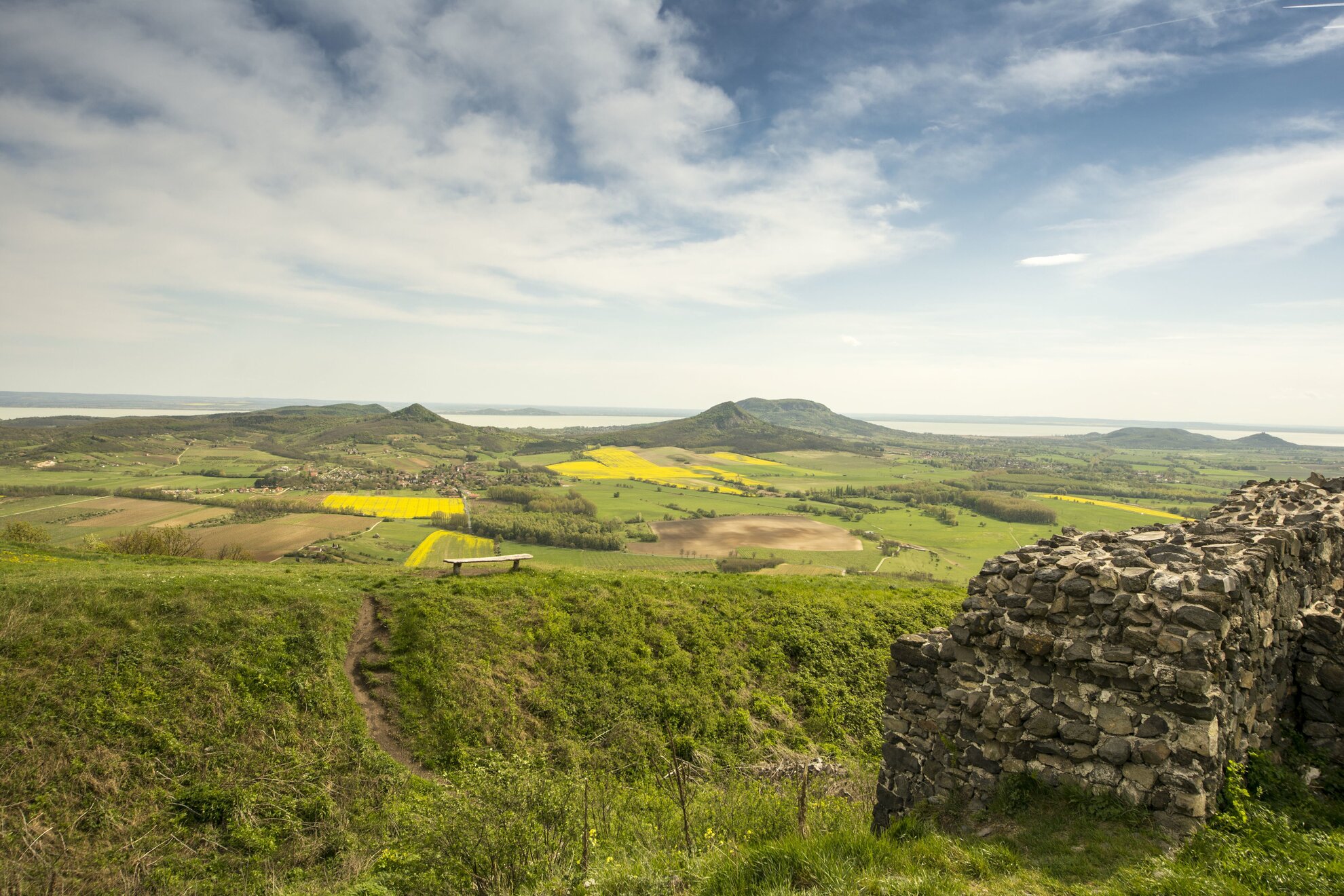
Future
Locals organise events to raise awareness of the castle’s poor condition. For a while it seemed like it had the chance to receive funding from a national preservation initiative, and it was supposed to be renovated last year, but so far nothing has happened. Locals have done their best: they cut down hedges, cleared the path that leads to the castle, while archaeologists worked here, too, and walls have been successfully stabilised. Hopefully, Csobánc Castle won’t be abandoned – and sooner or later it will receive the attention it deserves.
